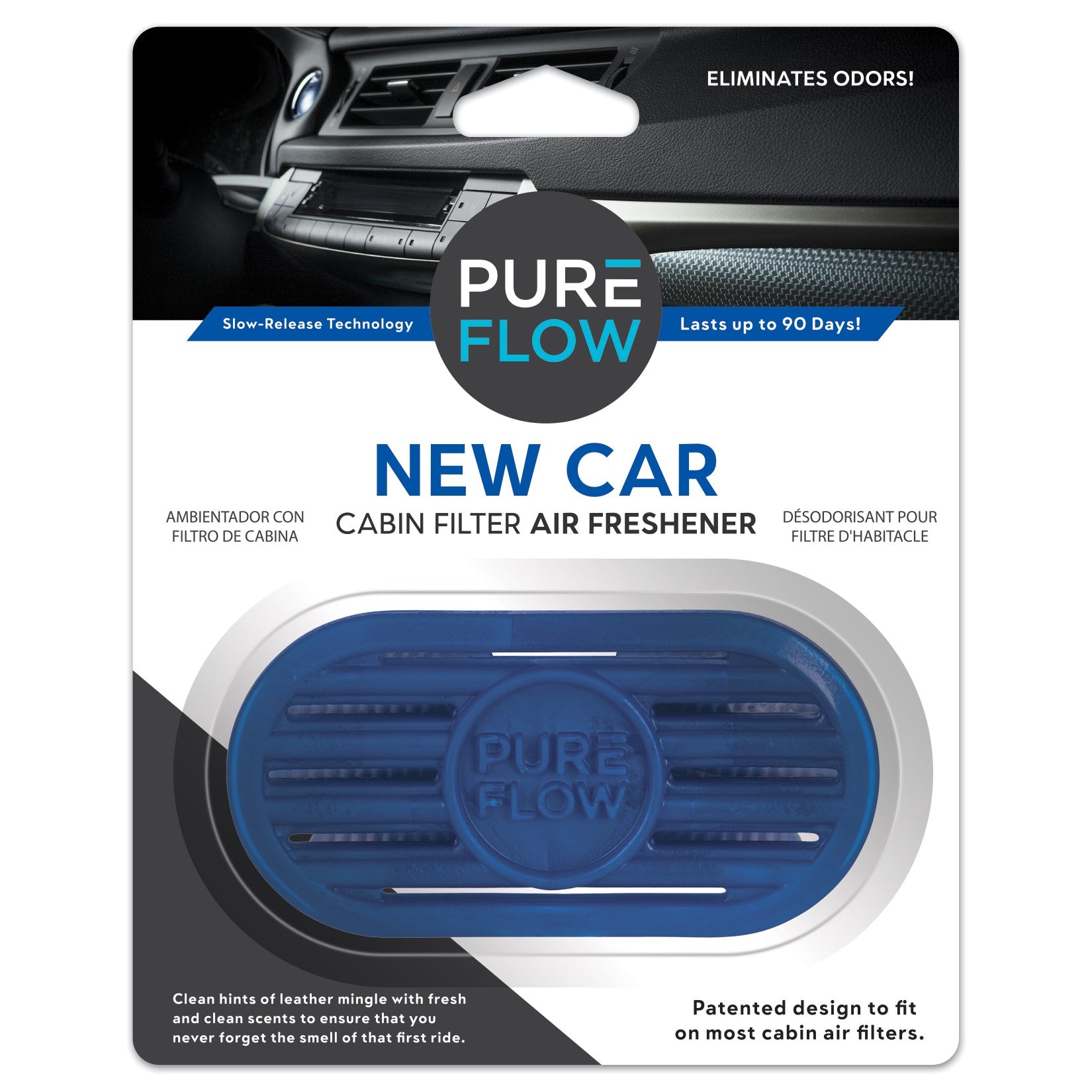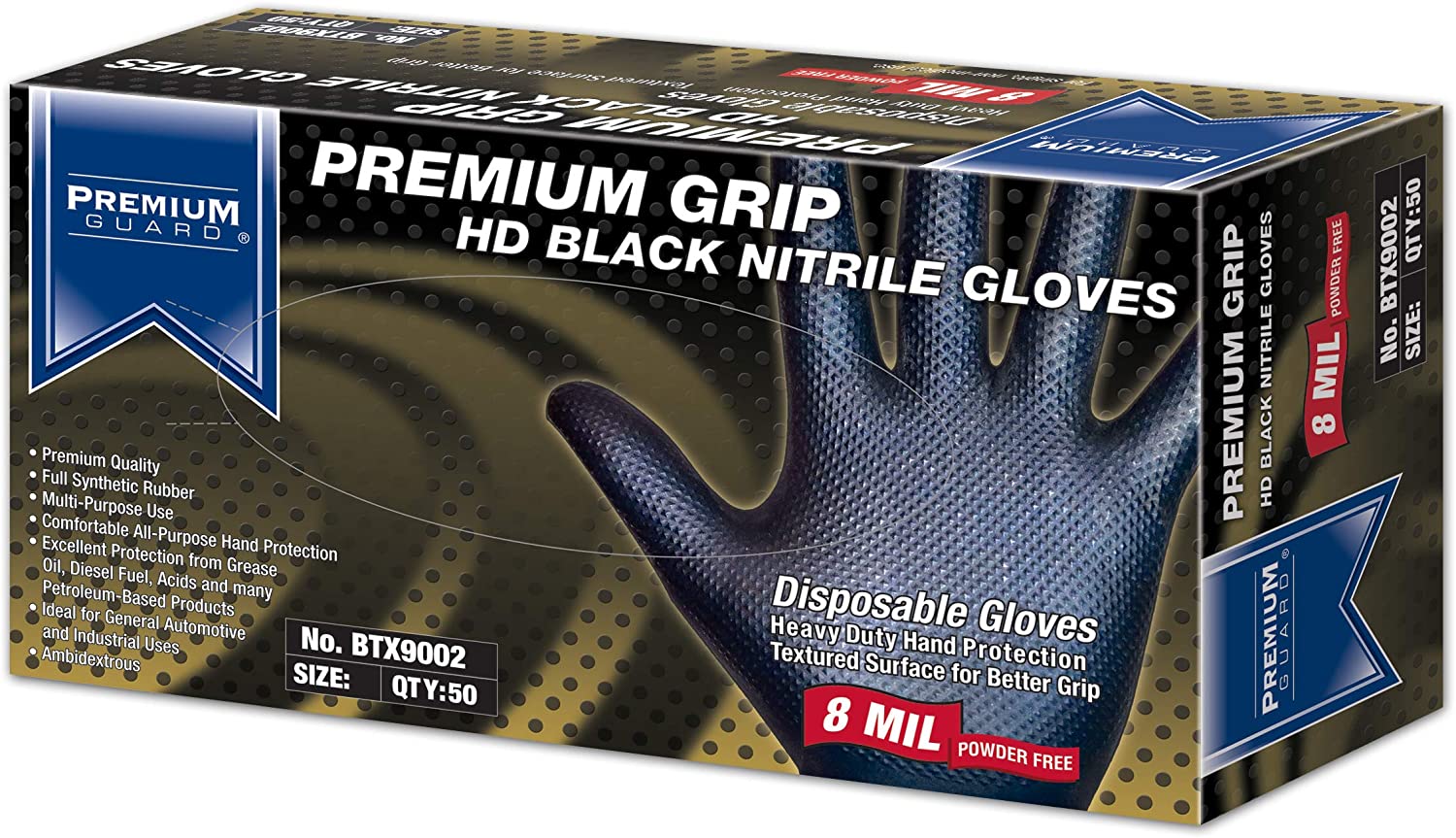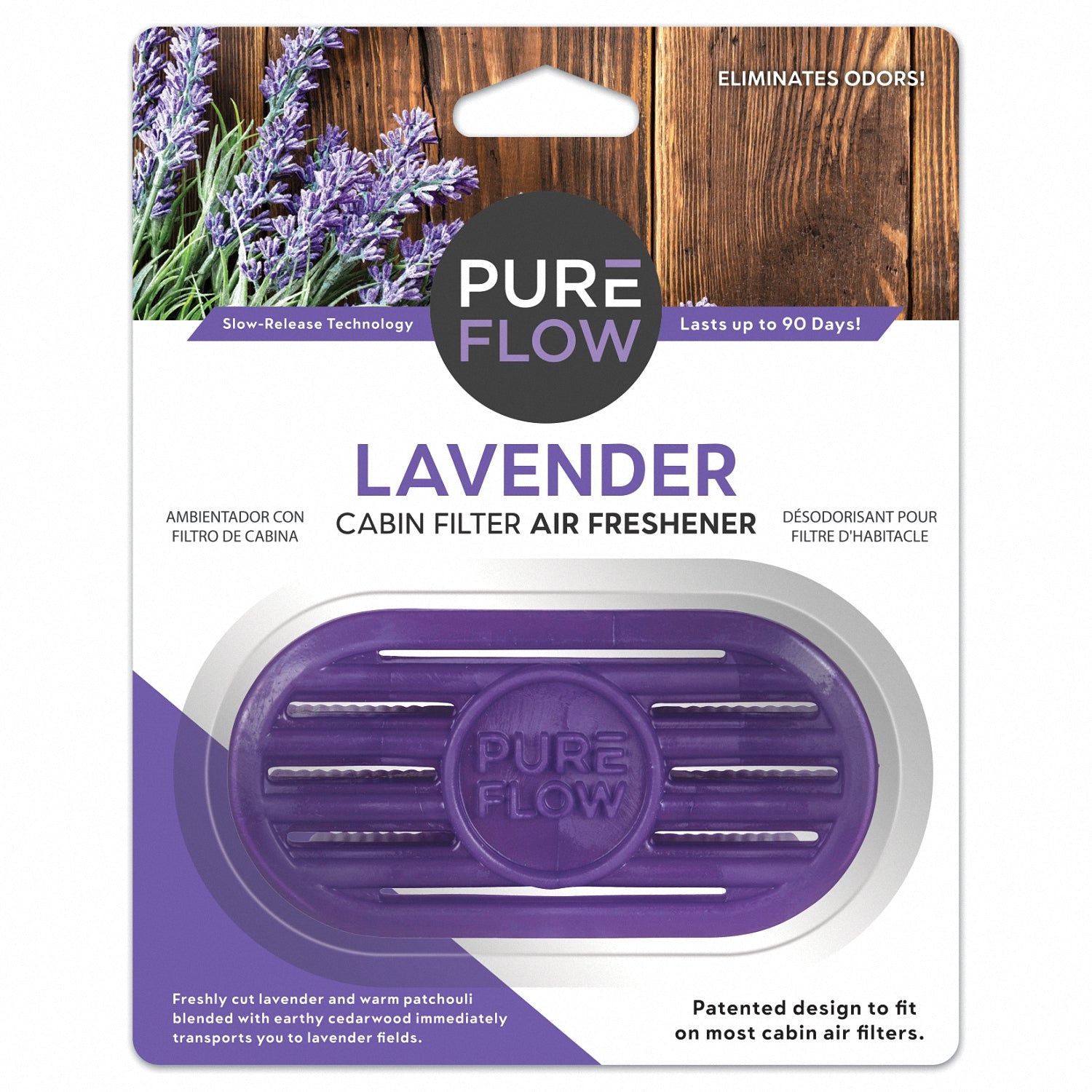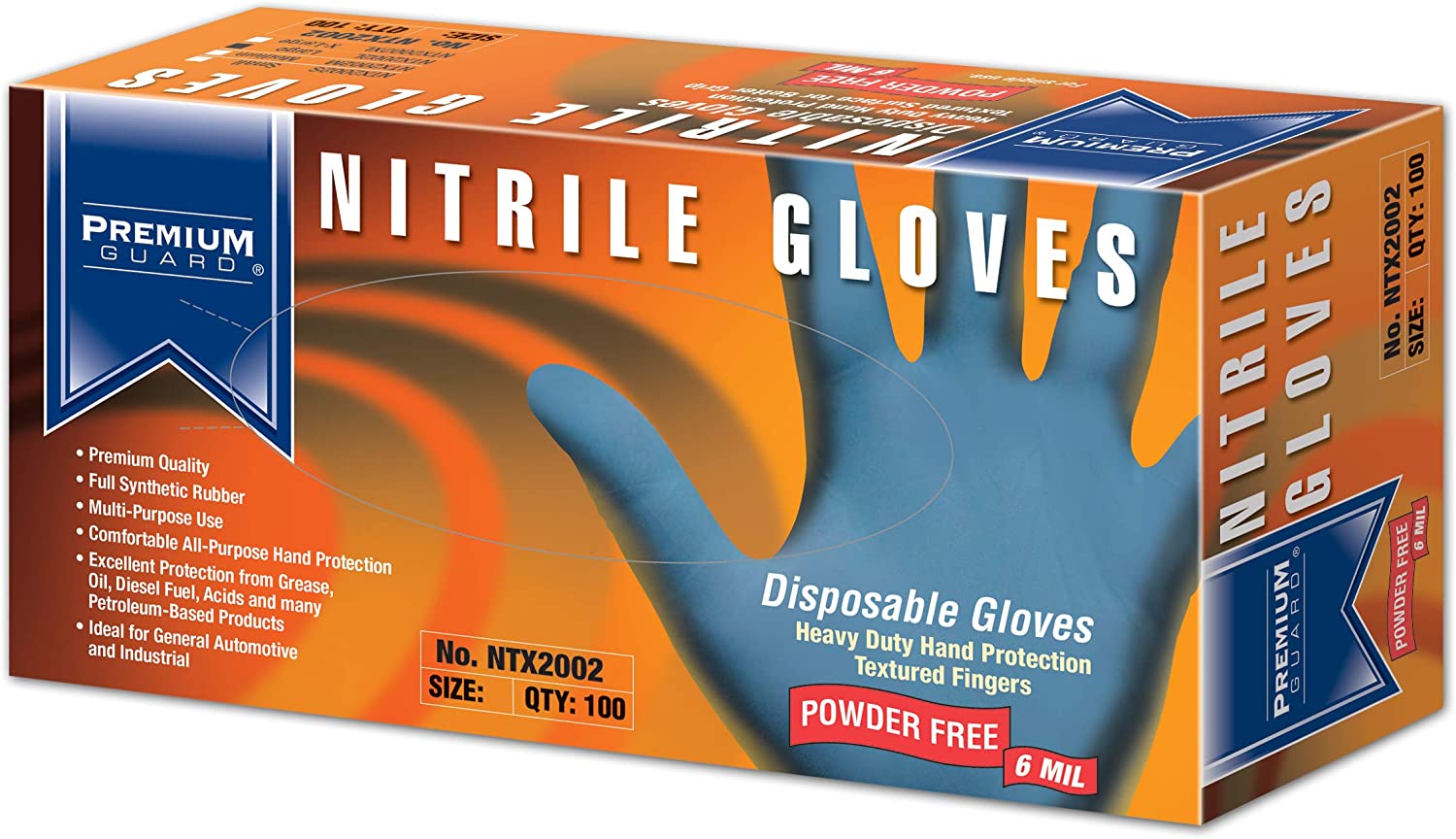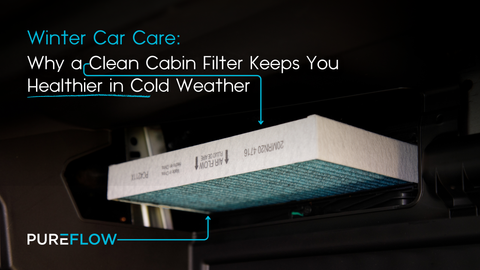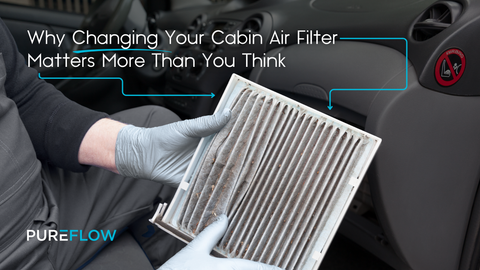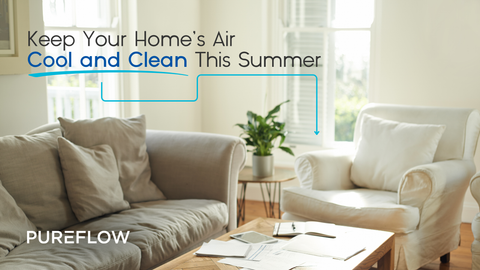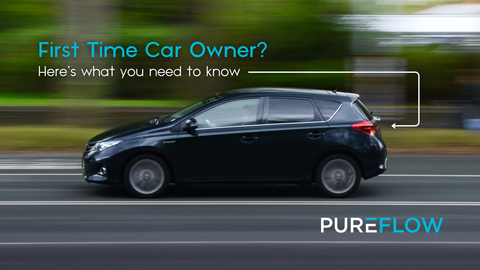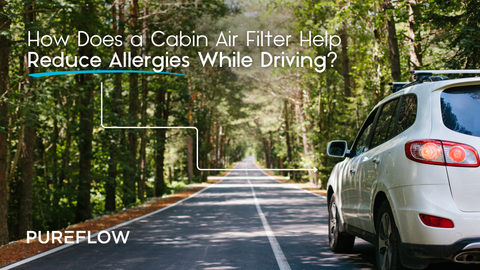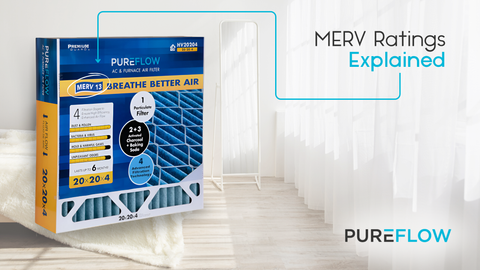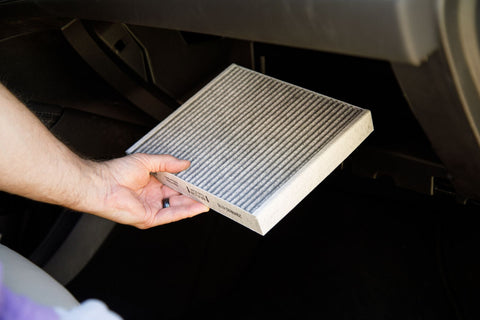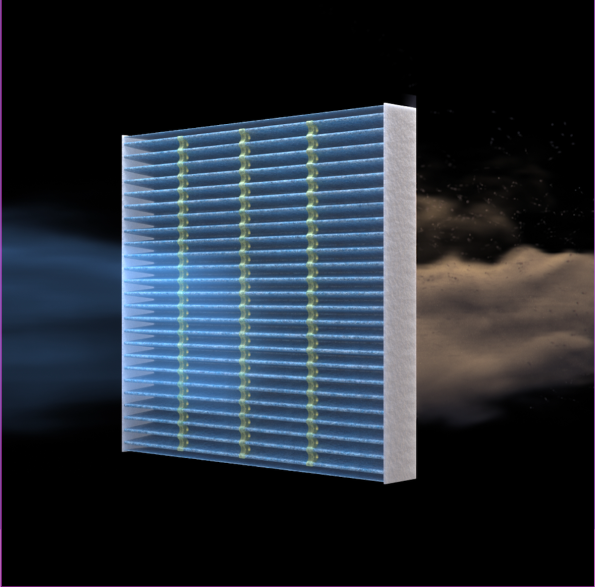Dust, pollen, and pollution are unwelcome passengers in your vehicle, but with the help of a cabin air filter, you can keep them at bay. Despite the fact that 76% of today's vehicles are equipped with these filters, many car owners remain oblivious to their vital role in purifying the air that circulates inside their vehicles. These filters act as sentinels, trapping debris, pollutants, and dust, ensuring you breathe clean air during your journeys. Surprisingly, replacing your cabin air filter is a simple task for most vehicles, yet a significant number of drivers either neglect it or overpay mechanics for the service.
So, you might be wondering, "How frequently should I replace my cabin air filter?" The answer hinges on several factors:
- Driving Conditions
- Vehicle Usage
- Standard Maintenance Recommendations
By the time you finish reading this article, you'll have a clear understanding of when and how often you should replace your cabin air filter to maintain optimal air quality within your vehicle.
How Often Should You Change and Replace Your Cabin Air Filter?

Driving Conditions
The frequency of cabin air filter replacement depends heavily on your daily driving conditions. Environmental factors such as geography and seasonality play significant roles.
Geography:
If you reside in a dry, dusty region like the desert, your vehicle will likely encounter a higher volume of dust, causing your cabin air filter to work harder to cleanse the incoming air. On the other hand, if you suffer from allergies, particularly in the Midwest, South, or Southwest regions, you're all too familiar with the challenge of breathing pollen-laden air.
Seasonality:
Different times of the year bring varying challenges. Spring brings a surge of pollen, while fall introduces debris and dust from fallen leaves, all of which can end up in the air around roads and eventually enter your vehicle.
Urban Environments:
For those enduring heavy urban traffic, where vehicles churn up significant dust and dirt, poor air quality is a constant issue. Your cabin air filter plays a crucial role in removing these contaminants from the air you breathe inside your vehicle. Therefore, if you frequently drive in such conditions, it's essential to replace your cabin air filter regularly. This could mean every 10,000 miles or even sooner if you notice reduced airflow in your vehicle's HVAC system.
Keep in mind that not all cabin air filters are created equal. Basic filters are designed to remove only dust, while premium options, like PUREFLOW with its four-stage filtration technology, can trap up to 99% of mold, pollen, dust, harmful gases, bad odors, and even inactivate viruses and bacteria.
Vehicle Usage
Not all vehicles endure the same conditions due to their varying usage patterns. For instance, if you're a solo driver and don't regularly have passengers, your cabin air filter is less likely to become clogged. Conversely, if you own a minivan or SUV used to transport children and their friends, expect more dust and debris to accumulate in the filter.
Another consideration is pet ownership. Pet dander and hair can float in the air and find their way into your vehicle's cabin air filter. If you often travel with pets, your filter will likely clog more rapidly. It's important to note that vehicle type and usage can compound with driving conditions, further increasing the need for frequent cabin air filter changes.
Standard Maintenance Recommendations
Every vehicle manufacturer provides a comprehensive maintenance schedule, which typically includes regular cabin air filter replacements. However, this seemingly simple task often gets overlooked in favor of more prominent maintenance items like oil changes and fluid replacements.
Dealerships tend to recommend specific intervals for cabin air filter changes, but these services can come at a hefty price. For example, Toyota suggests replacing the cabin air filter every 10,000 miles, which can cost over $50 on average when performed at the dealership. When you opt for independent maintenance or DIY, you might forget about this crucial filter altogether. In some cases, vehicle maintenance recommendations may not align with your specific driving and usage conditions, leaving your filter dirty or clogged for longer than it should be.
In conclusion, following your vehicle's maintenance recommendations is a good starting point. However, considering factors like driving conditions, usage patterns, and the potential cost savings of DIY replacement, it's clear that replacing your cabin air filter is a task that anyone can accomplish at home.
Breathe Fresh Air

Not all cabin air filters offer the same level of protection. Quality cabin filters exceed industry standards and provide superior protection for drivers and passengers. PUREFLOW cabin air filters, for instance, employ four unique components to ensure clean air quality inside your vehicle:
Particulate Filtration Media: Captures and eliminates dust and pollen using electrostatic charge.
Baking Soda: Absorbs unpleasant odors from mold and smoke.
Activated Charcoal: Traps mold and harmful gases such as carbon monoxide and sulfur dioxide.
Antibacterial MicroTechnology: Utilizes silver and copper ions to deliver long-lasting germicidal effectiveness.
By selecting a high-quality cabin air filter like PUREFLOW, you can breathe easy knowing that you and your passengers are breathing the cleanest air possible during your journeys.
Take a look at our filter search tool to find the right filter for your car, truck, van, or SUV! Or read our blog to stay updated on the latest of filtering technology.




